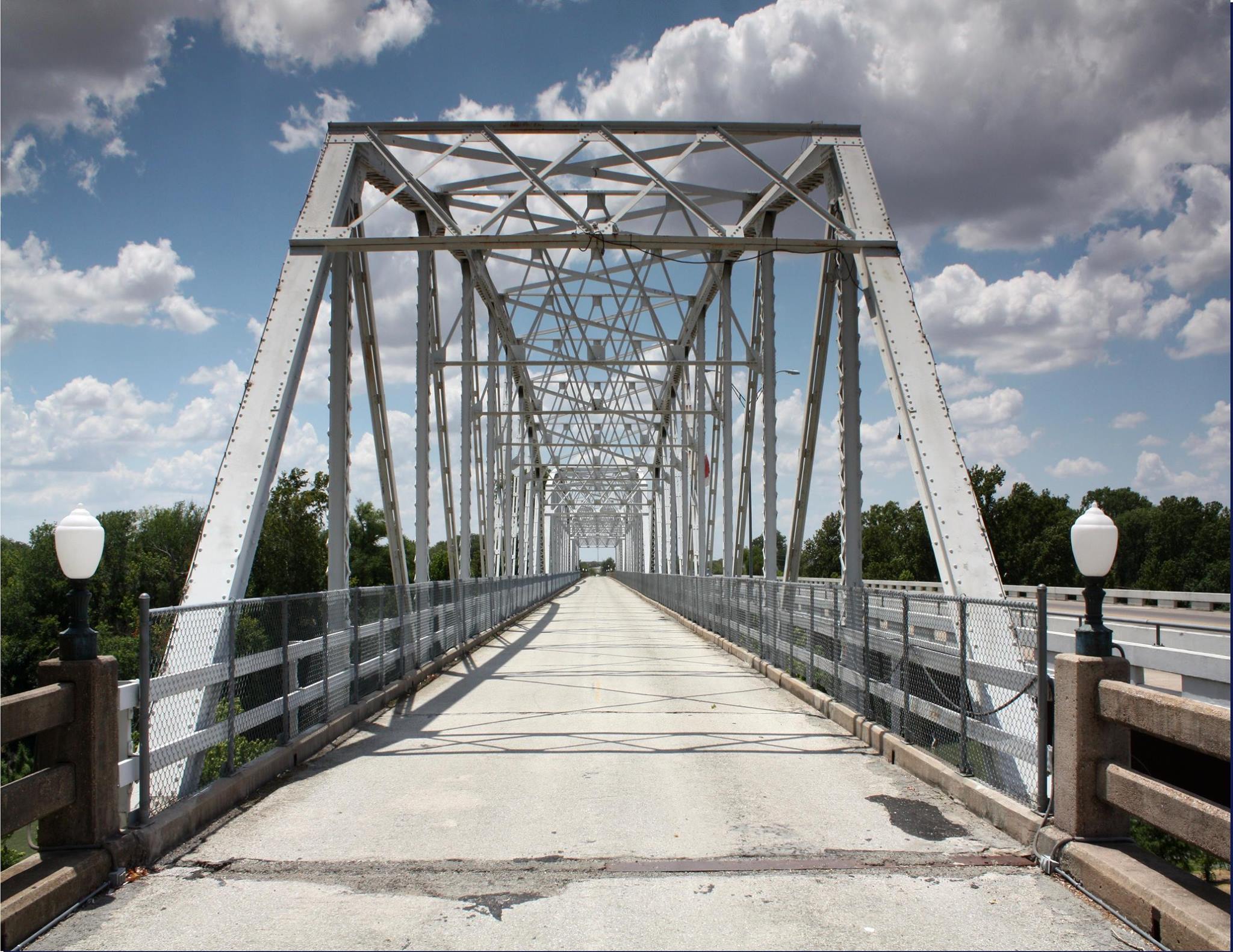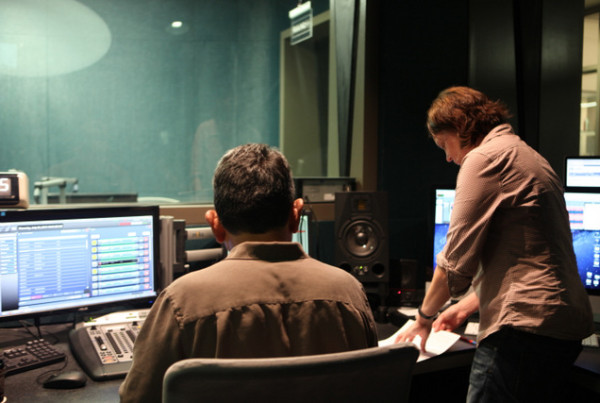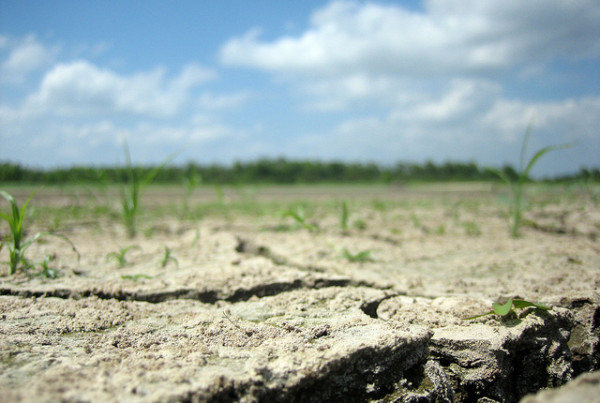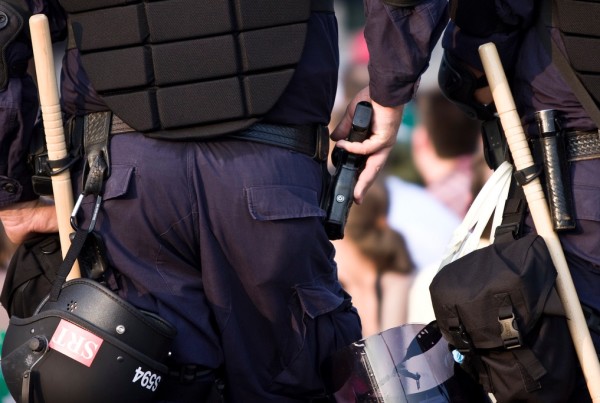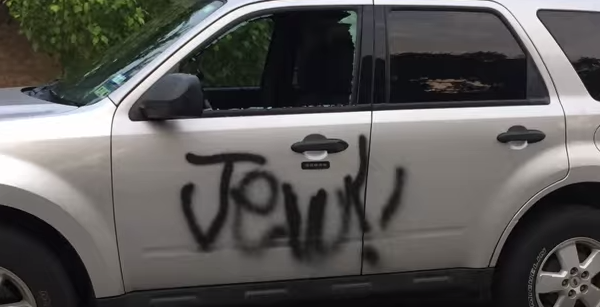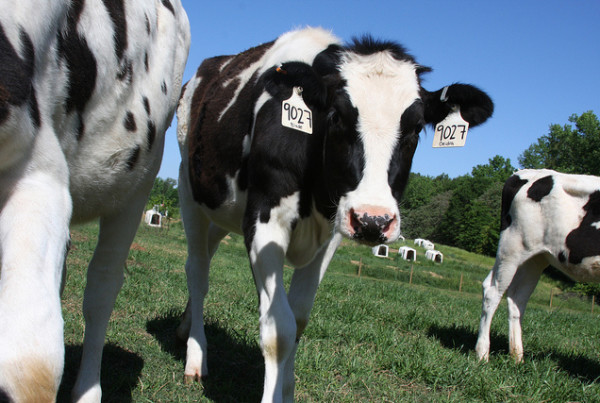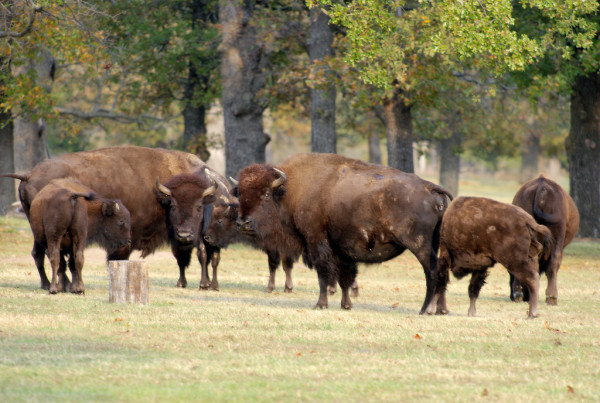Metal truss bridges were built in Texas by the hundreds in the late 1800s and early 1900s. They were relatively inexpensive to put up and their strength and beauty came from the metal design reaching up on either side of the bridge.
In the heartbreaking romance “Bridges of Madison County,” Clint Eastwood and Meryl Streep fall in love while tracking down Iowa’s covered bridges. Those are the kind of old truss bridges Paul Pape remembers fondly from growing up in Indiana.
“We loved to just drive out throughout the country and go across the covered bridges. They cover them up there because the wintertime creates such havoc — trying to drive a team of horses across an ice-covered bridge. So the covered bridges of the Midwest are really a tourist attraction,” Pape says.
Pape is interested in perhaps promoting the metal truss bridges for tourism in Central Texas’ Bastrop County — where he now serves as county judge.
“I think we’ve counted as many as four in the county,” Pape says. “And they of course are beautiful bridges — historic in nature and each one is a little bit different, structurally. They’re a wonderful part of our history and certainly worth trying to preserve if there’s any way to do it at all.”
But preserving them is the real challenge. Many of these bridges are now more than 100 years old — and they weren’t built to handle the traffic of today. In just the last four years, their numbers have decreased by half. The Texas Department of Transportation (TxDOT) says that’s largely because of modern demands.
“One of the biggest problems that we face in the state is there’s a lot of oilfield exploration and traffic in places where there didn’t used to be and a lot of these bridges are in the path of those heavier uses more modern truck equipment trying to squeeze through what are basically horse and buggy-type bridges,” saysBruce Jensen, TxDOT Director of Cultural Resources Management.
TxDOT owns fewer than a third of the remaining metal truss bridges but is helping facilitate federal funding to maintain and preserve bridges under local control.
“As we have seen the population dwindle down to now only about 130 still in vehicular service, we’re realizing that the handwriting is on the wall unless we can sort of come up with stronger management practices and tools and looking at these as viable operations,” Jensen says.
Jensen and his team have traveled the state over the past few weeks to hear from communities and work with them to preserve the bridges. They’ve heard from local leaders, historical societies and just regular folks.
“We heard loud and clear that historic metal truss bridges are kind of the most popular in the public imagination of what speaks to the past and what’s charming about what’s still out there in the landscape,” Jensen says.
It’s probably not possible to keep the remaining 130 metal truss bridges in Texas in vehicular service for centuries to come. Some communities will prioritize a wider bridge crossing to accommodate traffic – or one that require less upkeep. But if Bastrop County Judge Paul Pape has his way… the bridges there won’t be going away anytime soon — even if they take on different roles.
“The one here in Bastrop particularly, I mean, I used that bridge,” Pape says. “They didn’t build the new bridge adjacent to it until maybe around 1990 or so. And so for the first ten or so years that we lived here in Bastrop, I drove my kids across that bridge every day on the way to school. So it meant a lot to us to have the old two-lane metal truss bridge. It’s nice to have the bigger bridge next to it but I just like being able to hold onto history and give it a new function.”
And Pape says that Bastrop bridge is indeed still being useful.
“The one here in Bastrop has kind of gotten a reputation of being a place for people to practice spitting off of it,” Pape says. “There’s a society you can join if you have expectorated off of the old metal truss bridge here in Bastrop.”
It’s the International Society of Bridge Spitters — and lest you begin to judge, mind you, the group was founded by the city’s mayor. The story goes that the idea began long before Mayor Ken Kesselus took that job. Kesselus says he was inspired by an Andy Griffith episode in which Opie apparently finds spitting off a bridge is the only form of entertainment he and his female cousin can agree on.
So whether saving the bridge for travel, posterity or… spitting… it is a question communities across Texas will continue to face.


